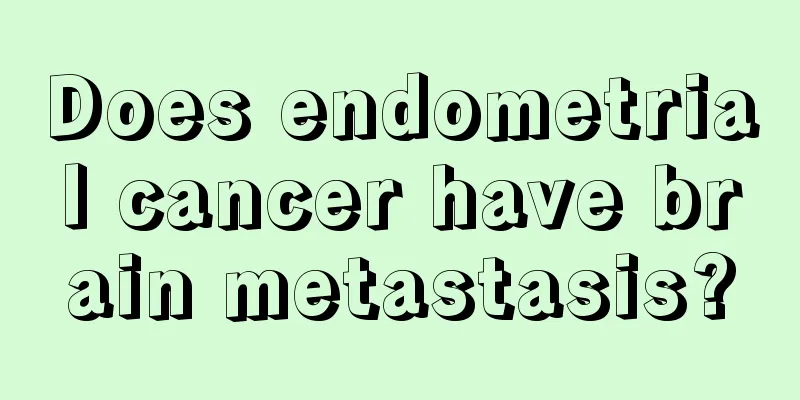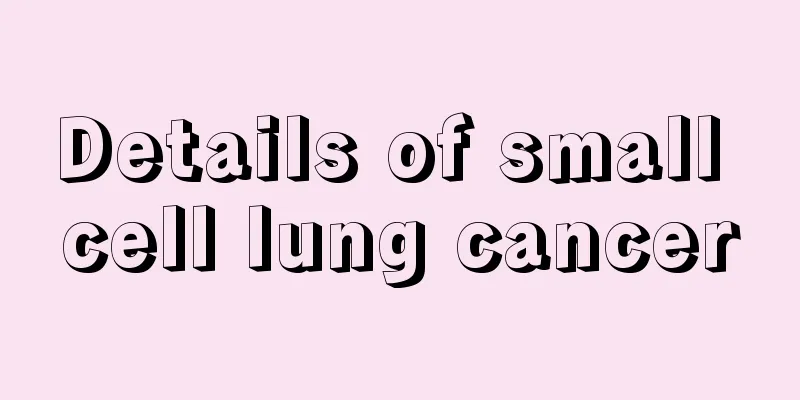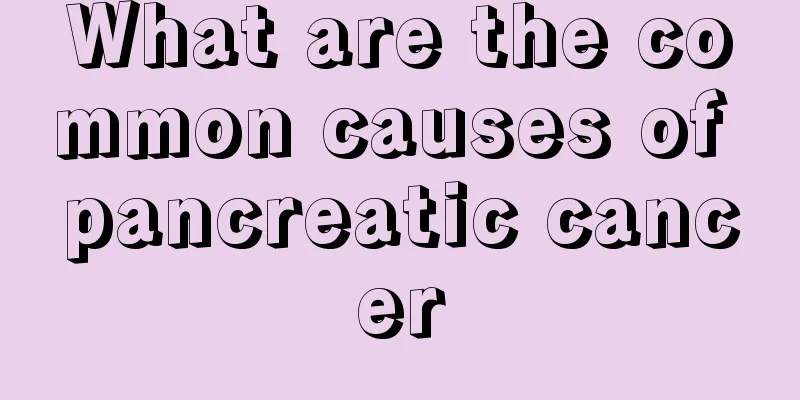What kind of physical condition is sub-health

|
As the pace of social life continues to accelerate, sub-health is a term we often hear. Many office workers often skip breakfast due to busy work and huge work pressure. This is particularly detrimental to physical health and is particularly prone to sub-health. However, we don’t know much about sub-health. Let’s understand what sub-health means. What does sub-health mean? If we look into it in detail, sub-health is a broad concept, which includes several connected stages: among them, that which is closely adjacent to health can be called mild psychosomatic disorder, which is often characterized by fatigue, insomnia, poor appetite, and emotional instability as the main symptoms. However, these disorders are easy to recover, and once recovered, the person is no different from a healthy person. From the causes of sub-health, we can see that social environment pressure and people’s self-regulation ability are external and internal factors closely related to sub-health. It accounts for about 25% to 28% of the population. At least more than 10% of people are in between preclinical and disease states, which can be called preclinical states, meaning that they already have lesions, but the symptoms are not yet obvious or have not attracted enough attention, or have not sought diagnosis, or even if the doctor has examined them, they have not yet found the disease. Strictly speaking, the last category is no longer sub-healthy, but an unhealthy state with illness, which just needs to be clearly diagnosed. Therefore, excluding this group of people, many researchers believe that sub-healthy people account for about 60% of the population. Research at home and abroad shows that in modern society, people who meet health standards only account for about 15% of the total population. Interestingly, about 15% of the population has been diagnosed with a disease or is in an unhealthy state. If health and disease are regarded as the two ends of the life process, then it is like an olive with pointed ends and the large bulge in the middle is the transitional state between health and disease - sub-health. How to treat sub-health through diet 1. Eat bananas when you feel weak in your limbs It is easy to feel weak in the limbs after exercise because when we exercise, the body will secrete a lot of sweat. At the same time as water is lost, many minerals in the body will also be excreted with sweat, mainly potassium and sodium. The body contains a lot of sodium, which is easy to obtain from the daily diet. The body contains less potassium, so you should pay attention to replenishing potassium after exercise. Bananas are rich in potassium, so to prevent fatigue in the limbs, you might as well eat a banana before or after exercise. Through understanding what sub-health means, each of us hopes that we are particularly healthy. Although sub-health is not a disease, it will bring us a lot of troubles and troubles like diseases. No matter how busy we are at work, we must adjust our daily life and diet. Don't always have the habit of skipping breakfast because of busyness. In addition, try to combine work and rest after busy work, and don't always be in a state of fatigue. |
<<: Introduction of invisible condoms
>>: What are the main manifestations of sub-health symptoms
Recommend
Aftereffects of filling tear grooves
Some friends have deep tear troughs, so they want...
What medicine is effective for acute gastroenteritis
The treatment of patients with acute gastroenteri...
How to make yourself vomit blood quickly
Everyone must have seen someone on TV suddenly vo...
What to do if you have bad breath due to excessive stomach fire? What food can relieve it?
Because of the appearance of stomach fire, the bo...
Is the cure rate of ovarian cancer high?
Ovarian cancer is one of the most common gynecolo...
The most important daily health care for ovarian cancer
Among the many gynecological diseases, ovarian ca...
What should I do if I have liver cancer and cannot have surgery?
For patients with early-stage liver cancer who ca...
Effects of cholecystectomy on the liver
Modern people's lives are getting better and ...
Can Nexavar cure liver cancer? No, it requires comprehensive treatment
Can Nexavar cure liver cancer? It is difficult to...
What should patients with fibroids pay attention to in their diet
What should patients with fibroids pay attention ...
How to adjust your work and rest schedule
In our lives, many people have irregular work and...
How to control weight gain after a cold
Many people are worried that catching a cold will...
Will it cause poisoning if the fungus is not cooked?
Black fungus is a popular food ingredient. It tas...
What are the dangers of Helicobacter pylori
There are tens of billions of bacteria living in ...
What causes nose bleeding in summer?
Nosebleed is a common phenomenon in summer. Noseb...









